jpeg是一个国际图像压缩标准,图像的后缀一般为jpeg或者jpg。这种图片格式非常常见,还是有必要知道怎样将数据读取出来的。
在我做的zMatrix库里,之前一直使用openCV的函数imread()读取图像,不是很方便,查过很多资料后发现,如果自己从零写一个读取jpeg的程序非常麻烦(可能水平不够吧,可以查一下都是需要什么算法),需要用到一些比较复杂的压缩算法,又因为读取图像不是重点,所以可以使用开源的库达到同样的目的,以后有空了可以自己实现。
使用的库是libjpeg,官网链接:http://libjpeg.sourceforge.net/,下载链接:http://www.ijg.org/files/,我使用的是9b这个版本。
接下来说一下在windows平台怎样使用这个库。
一、 编译
1、下载并解压,放在一个好找的目录就行:

2、进入jpeg-9b,找到jconfig.cv,复制并改名为jconfig.h,否则会产生无法生成jconfig的警告
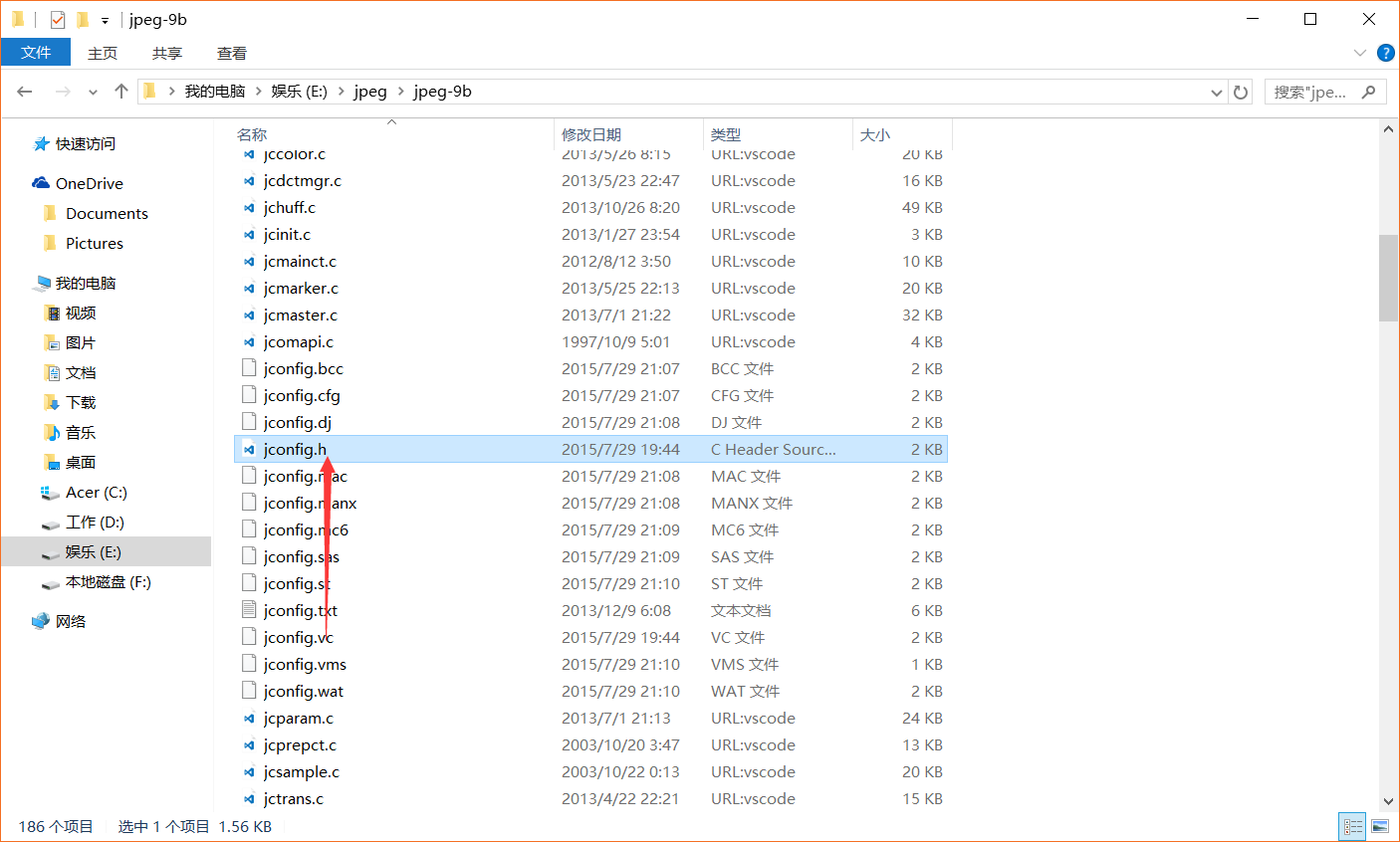
3、找到makefile.vc这个文件,打开(随便一个文本编辑器)找到这一行
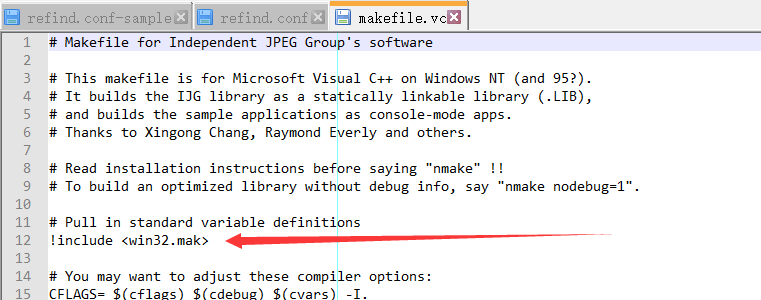
把路径改为win32.mk在你电脑上的路径,每个人的可能不太一样,路径差别可能不是很大,我的是C:Program Files (x86)Microsoft SDKsWindowsv7.1AIncludewin32.mak,改为
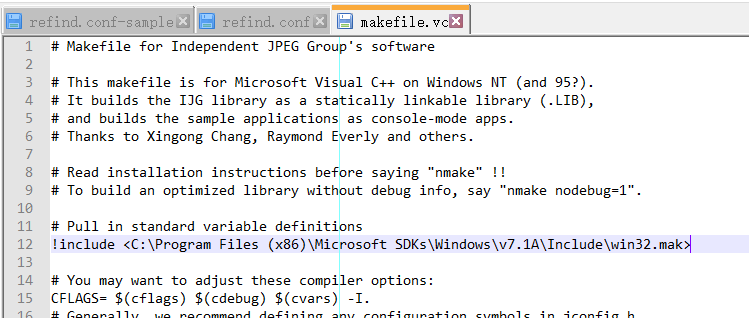
4、准备编译,我用的是VS2015命令提示符,不要选ARM的
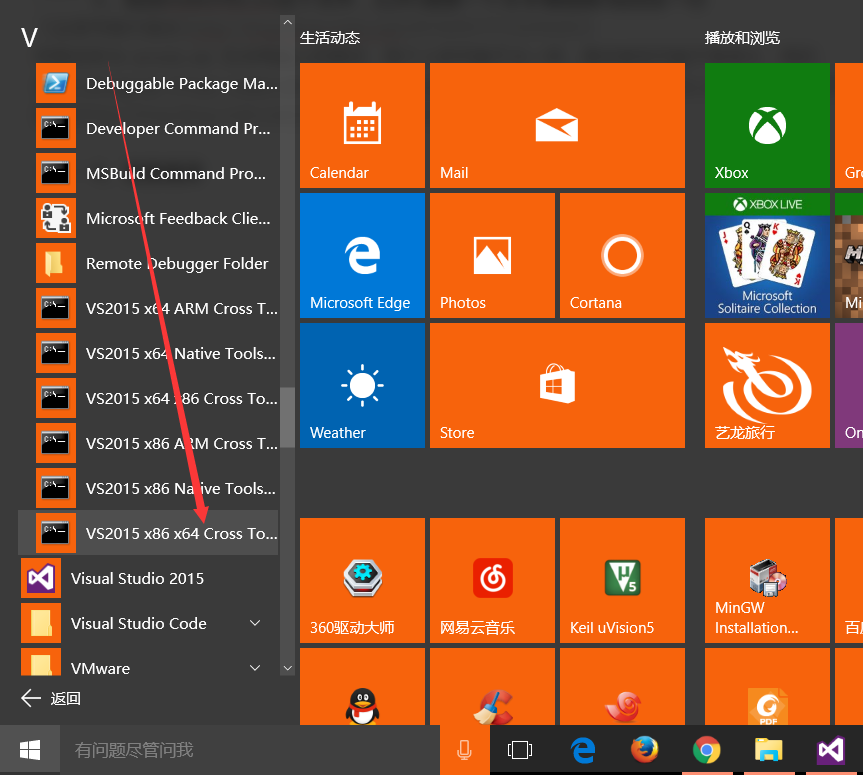
5、进入jpeg-9b的目录,输入编译命令开始编译

命令:nmake -f makefile.vc
6、编译后在目录下找到库libjpeg.lib就编译成功了。
二、使用
具体的使用在目录下的example.c中有,注释非常细,看了基本就会用了。这里我简单说说用法。
1、使用配置
有两种方法:
第一种:添加libjpeg的头文件的路径和lib的路径到VS的工程中,项目属性页
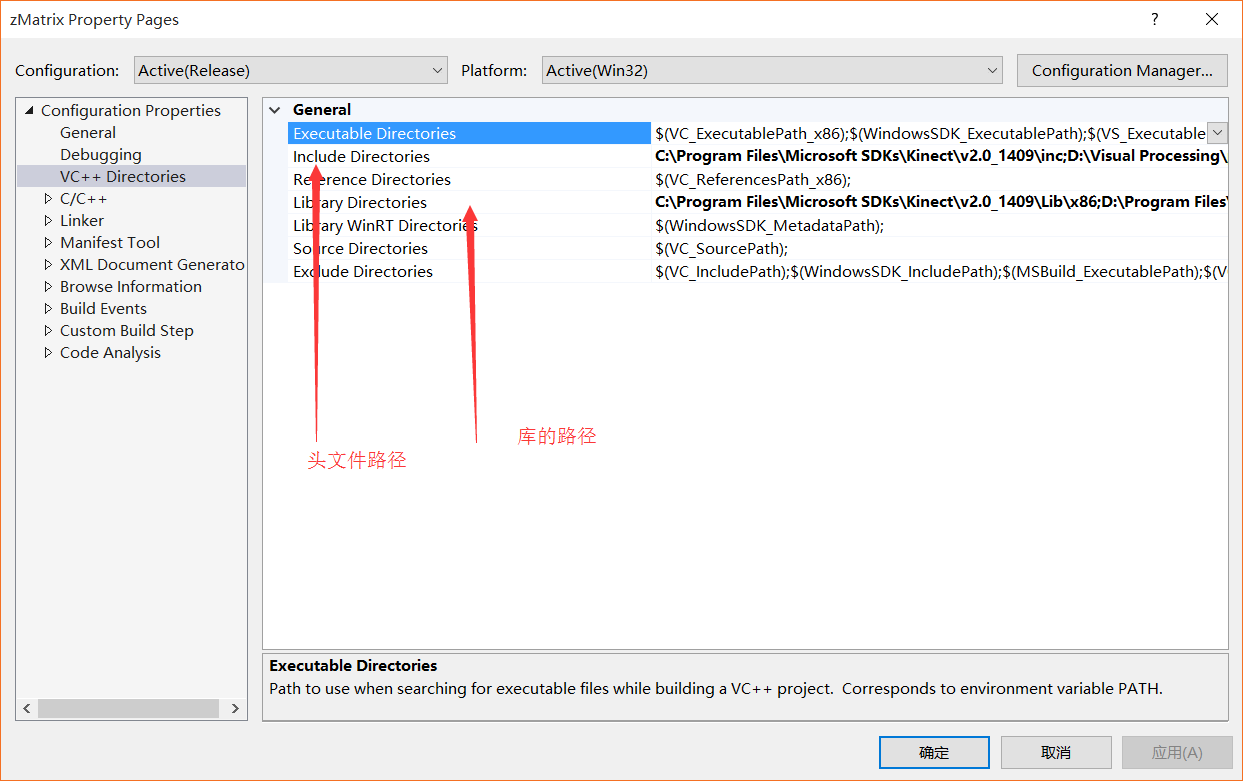 ,然后在
,然后在
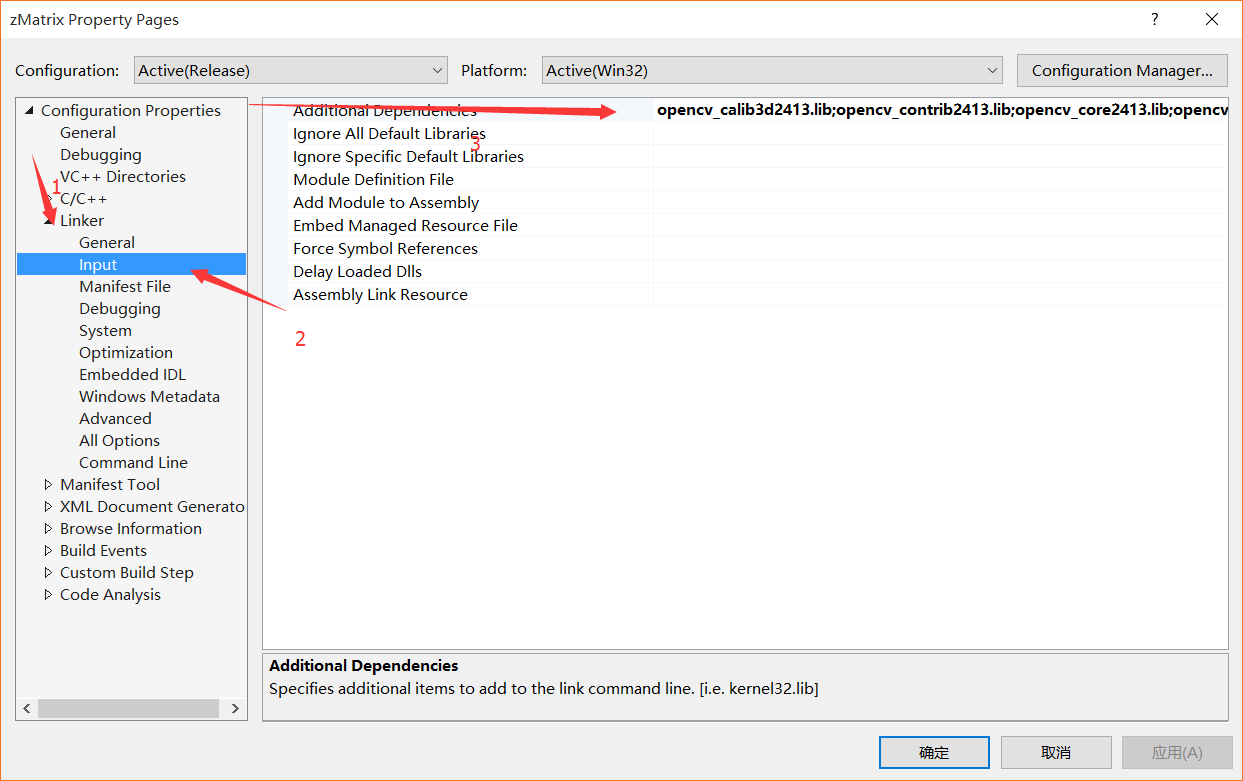
中添加libjpeg.lib
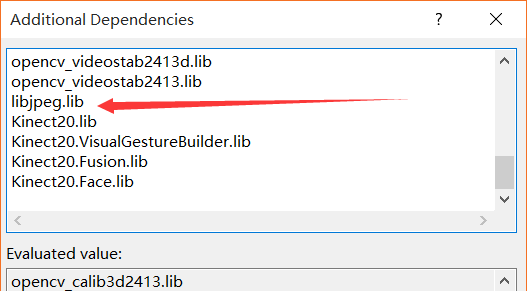
第二种:把用到的头文件和libjpeg.lib拷到你的工程中,只在工程里做第一种的第三步添加libjpeg.lib就行了。
2、使用
程序里包含头文件#include <jpeglib.h>就行了。
大部分照搬,细节可以看里面的英语注释,主要的几个地方修改下就行了,看下面的汉语注释:
// 这些和错误处理有关,不用管
struct my_error_mgr {
struct jpeg_error_mgr pub; /* "public" fields */
jmp_buf setjmp_buffer; /* for return to caller */
};
typedef struct my_error_mgr * my_error_ptr;
METHODDEF(void) my_error_exit(j_common_ptr cinfo)
{
my_error_ptr myerr = (my_error_ptr)cinfo->err;
(*cinfo->err->output_message) (cinfo);
longjmp(myerr->setjmp_buffer, 1);
}
// 读取图像的函数
// 我添加了一个参数,是我库里的zMatrix类对象,用于保存读取的图片数据
GLOBAL(int) read_JPEG_file(char * filename, z::Matrix8u & img)
{
struct jpeg_decompress_struct cinfo;
struct my_error_mgr jerr;
FILE * infile;
JSAMPARRAY buffer;
int row_stride;
if ((infile = fopen(filename, "rb")) == NULL) {
fprintf(stderr, "can't open %sn", filename);
return 0;
}
cinfo.err = jpeg_std_error(&jerr.pub);
jerr.pub.error_exit = my_error_exit;
if (setjmp(jerr.setjmp_buffer)) {
jpeg_destroy_decompress(&cinfo);
fclose(infile);
return 0;
}
jpeg_create_decompress(&cinfo);
jpeg_stdio_src(&cinfo, infile);
// 这个函数获取了读取图片的信息,包括图片的高和宽
(void)jpeg_read_header(&cinfo, TRUE);
// 在这里添加你自己的代码,获取或用户到图像信息
img.create(cinfo.image_height, cinfo.image_width, 3);
(void)jpeg_start_decompress(&cinfo);
row_stride = cinfo.output_width * cinfo.output_components;
buffer = (*cinfo.mem->alloc_sarray)((j_common_ptr)&cinfo, JPOOL_IMAGE, row_stride, 1);
while (cinfo.output_scanline < cinfo.output_height) {
// 一行一行的读取
(void)jpeg_read_scanlines(&cinfo, buffer, 1);
// 在这里添加代码获取到图片的像素数据
// buffer保存了读取的当前行的数据,保存顺序是RGB
// output_scanline是已经读取过的行数
for (int i = 0; i < img.cols; ++i) {
img[cinfo.output_scanline - 1][i * 3 + 2] = buffer[0][i * 3 + 0];
img[cinfo.output_scanline - 1][i * 3 + 1] = buffer[0][i * 3 + 1];
img[cinfo.output_scanline - 1][i * 3 + 0] = buffer[0][i * 3 + 2];
}
}
(void)jpeg_finish_decompress(&cinfo);
jpeg_destroy_decompress(&cinfo);
fclose(infile);
return 1;
}
最后
以上就是潇洒万宝路最近收集整理的关于使用libjpeg库读取JPEG图像数据的全部内容,更多相关使用libjpeg库读取JPEG图像数据内容请搜索靠谱客的其他文章。








发表评论 取消回复